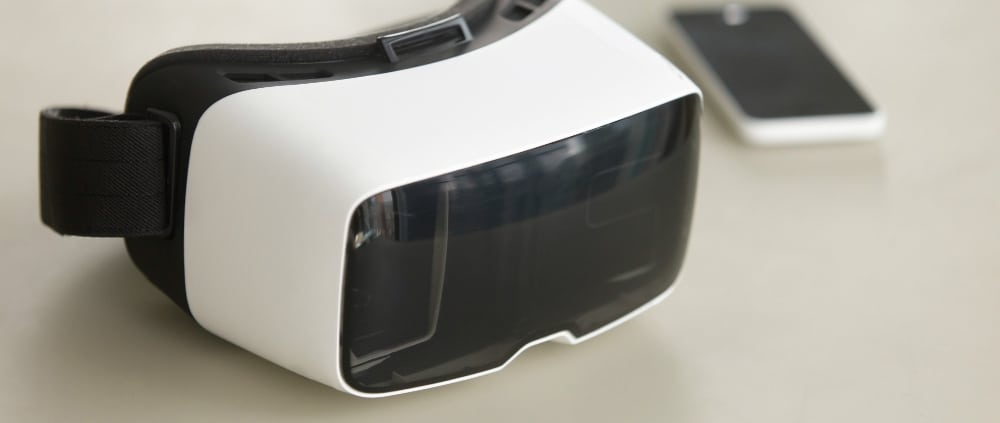Does AR Really Work for Low-Vision?
Augmented reality (AR) and virtual reality have become hot topics in multiple industries, and the optometry field is no exception. If you’ve heard of AR for low vision, we’ll look at how the technology supports the wearer’s eyesight through contrast and magnification. From audio cues to visual aids, these tools convey important information about how a person can live within the material world.
How Does AR Work?
Whether it’s a handheld device or a headset, the low vision tools in Charlotte, NC, come down to clarity. It can make objects look much bigger than they are and show the edges of different types of objects with the help of bright colors. In addition to visual aids, the technology can also provide audio cues, letting people know what’s around them and what they can do to safely use or bypass whatever happens to be in front of them.
Is AR Worth the Investment?
Right now, AR is still in relatively early development, so that the devices may present some inconvenience to the wearer. For instance, an AR headset may be able to help people with low vision see clearly, but it may not be easy to wear the equipment on a regular basis. There are companies out there attempting to bring AR in a convenient package to the masses by making glasses and contacts that incorporate the technology without the need for bulky equipment.
Low Vision Rehabilitation in Wilmington, NC
If you’re looking for a low vision specialist, Dr. Edward Paul, OD, PhD has offices in Wilmington, Charlotte, and Asheville, NC. It’s our job to tell you more about which tools are on the market, how they work, and whether they can fit in with your goals and lifestyle. Contact us today if you’re interested in AR for low vision.



